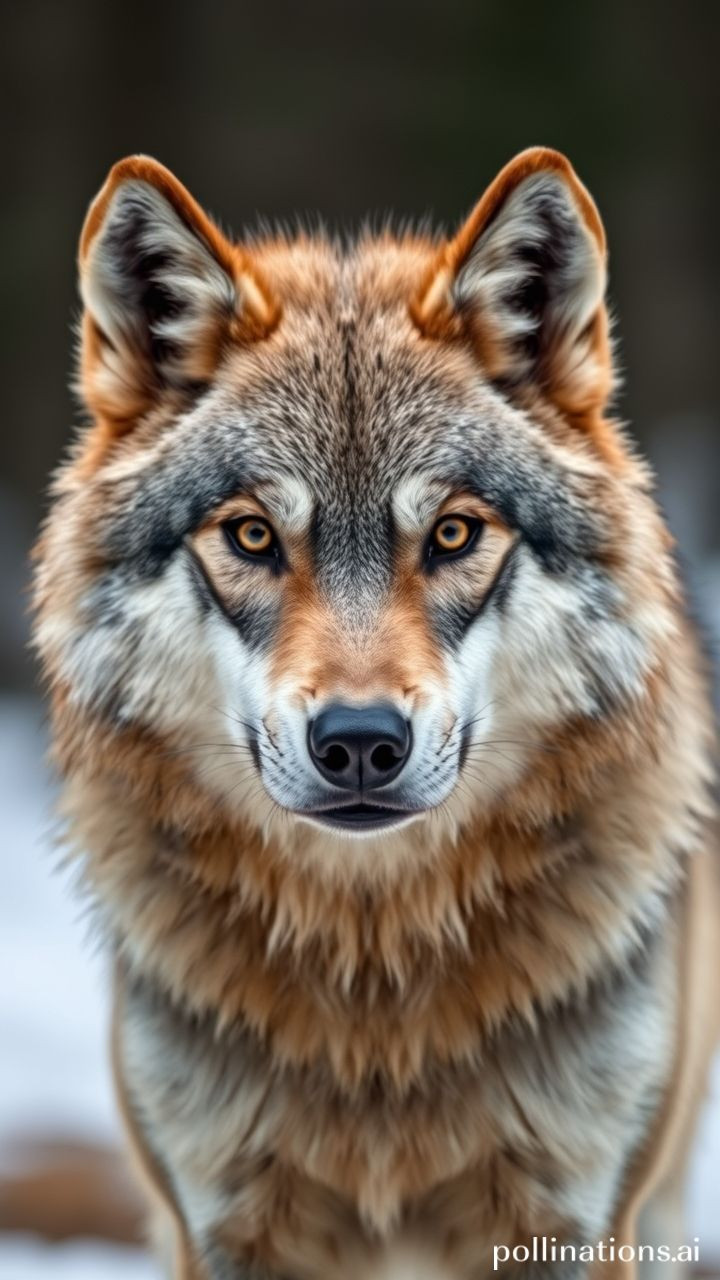
Reviving Extinct Species The Evolution of Scientists Genetically Engineering Wolves
Reviving Extinct Species The Evolution of Scientists Genetically Engineering Wolves

Reviving Extinct Species The Evolution of Scientists Genetically Engineering Wolves
As we enter a new era in genetic engineering, scientists have made a groundbreaking achievement by successfully breeding three genetically engineered wolves that closely resemble extinct dire wolves. This remarkable feat has sparked both enthusiasm and skepticism among experts in the field.
In this blog post, we will delve into the fascinating story of Colossal Biosciences' latest endeavor to bring back lost species using CRISPR technology. We will explore the journey of scientists who learned about specific traits that dire wolves possessed by examining ancient DNA from fossils and how they used this knowledge to genetically modify blood cells from a living gray wolf.
Unlocking Ancient Secrets
Colossal's chief scientist, Beth Shapiro, revealed that researchers studied a 13,000-year-old dire wolf tooth unearthed in Ohio and a 72,000-year-old skull fragment found in Idaho, both part of natural history museum collections. By examining these ancient remains, scientists were able to glean insights into specific traits that dire wolves possessed, which they then used to genetically modify blood cells from a living gray wolf.
The CRISPR Revolution
Using CRISPR technology, Colossal scientists took blood cells from a living gray wolf and made 20 different genetic modifications. They then transferred this genetic material to an egg cell from a domestic dog. After 62 days, the genetically engineered pups were born, showcasing their remarkable resemblance to young dire wolves.
Conservation Potential
While these genetically engineered pups may physically resemble young dire wolves, experts caution that they will never fully acquire the skills necessary for hunting and survival because they will not have opportunities to learn from wild dire wolf parents. However, Colossal's chief animal care expert, Matt James, notes that this technology has broader application for conservation of other species.
Looking Ahead
As we continue to push the boundaries of genetic engineering, it is essential to acknowledge both the excitement and limitations of restoring the past. According to Buffalo biologist Vincent Lynch, All you can do now is make something look superficially like something else—not fully revive extinct species.
In conclusion, the evolution of scientists genetically engineering wolves marks a significant milestone in our quest to bring back lost species. As we continue to explore the possibilities and limitations of this technology, it is crucial that we prioritize conservation efforts and recognize the complex ecological functions that extinct species once performed.
Implications for Urban Planners
This technology has far-reaching implications for urban planning and conservation strategies. By exploring the potential applications of genetic engineering in reviving lost species, we can better understand the interconnectedness of ecosystems and develop more effective conservation plans for the future.
Keywords Genetic Engineering, CRISPR Technology, Extinct Species, Conservation, Urban Planning





